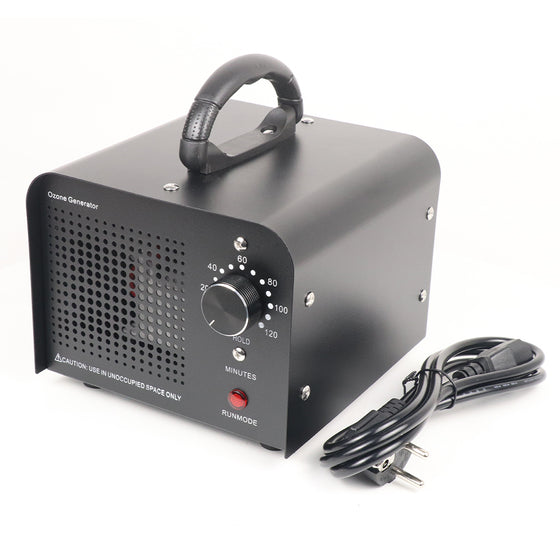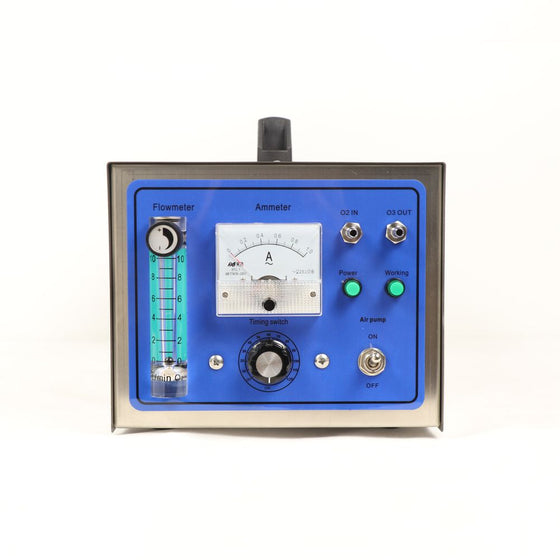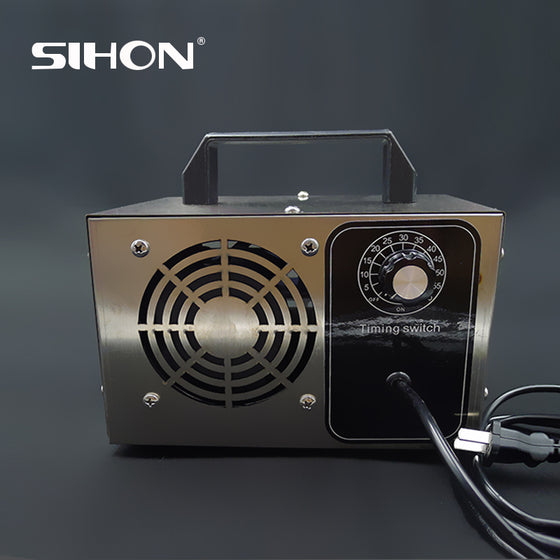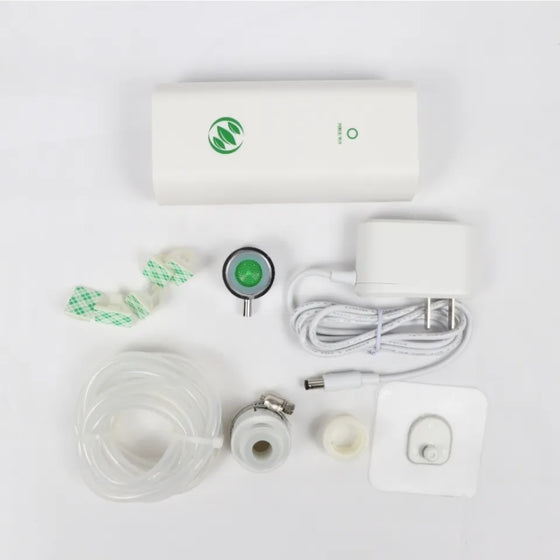Ozone Disinfection and Water Treatment in a Home Aquarium

If you are a fish enthusiast, then you know the importance of keeping your tank clean. Regular water changes and using the right filters and chemicals can help keep your fish healthy and happy. Did you know that ozone disinfection can also be used to help keep your aquarium clean? In this blog post, we will discuss how ozone disinfection works and how it can be helpful in water treatment for a home aquarium. Stay tuned!
Ozonation has long been a staple for water purification in factories, public aquariums, and other large-scale systems because it improves water quality without compromising conservation efforts. One of the most common obstacles these closed ecosystems face is an accumulation of dissolved organic waste from sources like animal feces and decomposing vegetation.
In aquariums of any size, mechanical filtration will eliminate huge organic and inorganic particles, whereas biological filters will remove dissolved organic material as ammonia and nitrite ions, leaving behind a large number of additional soluble and colloidal organic chemicals that will build up over time (the ones causing colors and odors being most obvious).
In most situations, these chemicals are only removed via physical water changes or chemical absorption media. While frequent water changes may be feasible in smaller aquariums where you aren’t dealing with huge amounts of water, it isn’t a good idea for removing these things in big systems or when water conservation is important.
Using chemical absorption media is costly and ineffective in removing all of these foul dissolved chemicals. This is where ozone comes in!
What is Ozone, and How Does It Work?
Ozone is a gas made of three oxygen molecules (O3) that forms naturally and breaks down quickly. Its unstable nature makes it good at oxidizing, or breaking down, other materials. The air we breathe contains two-oxygen molecule particles (O2), which are much more stable.
When ozone molecules break down, they lose an oxygen atom and form a more stable “normal” oxygen molecule. Simultaneously, a free single oxygen atom is generated. This free oxygen atom then mixes with organic chemicals in water to breakdown these compounds into simpler forms that can be absorbed by heterotrophic bacteria. Alternatively, atoms may combine to create new substances that can be removed via mechanical filtering or protein skimming. The organic molecule that lost a free electron and subsequently broke apart is now said to be oxidized.
Using Ozone for Home Aquarium
Ozone is created by an ozone generator, which is a device that generates ozone as needed. The majority of modern equipment use a Corona Discharge process to yield ozone. Air passes through a strong electrical field in a Corona Discharge machine, causing atmospheric oxygen (O2) to break apart into single oxygen molecules.
Certain oxygen molecules will join up once they have passed through the electrical field to form ozone (O3). This ozone gas must be utilized as soon as possible since it will breakdown again.
Many marine aquarium hobbyists already use ozone disinfection into their tanks. Ozone, like all chemicals, requires time to come into contact with the water. The amount of time that your ozone gas is exposed to the materials you wish to oxidize determines how well it works.
You may use your skimmer as a highly effective contact chamber by fractionating the ozone gas and drawing it into the air intake. This method works for both venturi and air pump protein skimmers. Ensure that your skimmer is made of ozone-safe materials, and use corresponding tubing.
Benefits of Ozone
Ozone has the ability to counteract the negative effects of organic material in a tank, such as cloudiness or coloration. For example, ozone swiftly oxidizes the yellow pigments in reef aquariums, which are often responsible for a tank appearing “dirty,” with less light penetration and decreasing coral’s normal appeal.
Ozone, when used appropriately, has the ability to improve the appearance of a tank as well as eliminating the need for time-consuming water changes because it oxidizes yellowed salt water back to its original clarity levels.
Destroy Toxins
The inhabitants of an aquarium might create a poisonous environment that endangers the health of the entire bionetwork. Not only do some marine creatures intentionally emit poisons meant to be harmful to other creatures, but it’s also in the nature of coral to defend itself against would-be predators, as well as keep its “turf” against other beings.
These poisons dissolve readily in the sea, but in an aquarium, they may accumulate and disrupt the ecosystem. Ozone targets and breaks down these organic pollutants into far less harmful components.
Get Rid of Tank Odors
Ozone seeks out and destroys the molecules that cause bad odors, like bacteria and spores. This is because ozone is very reactive and will attach itself to these particles. Once the extra oxygen atom of O3 escapes and attaches itself to these molecules, it changes their structure into something that doesn’t smell bad anymore.
New Arrivals
Leave A Reply
Your email address will not be published. Required fields are marked *






